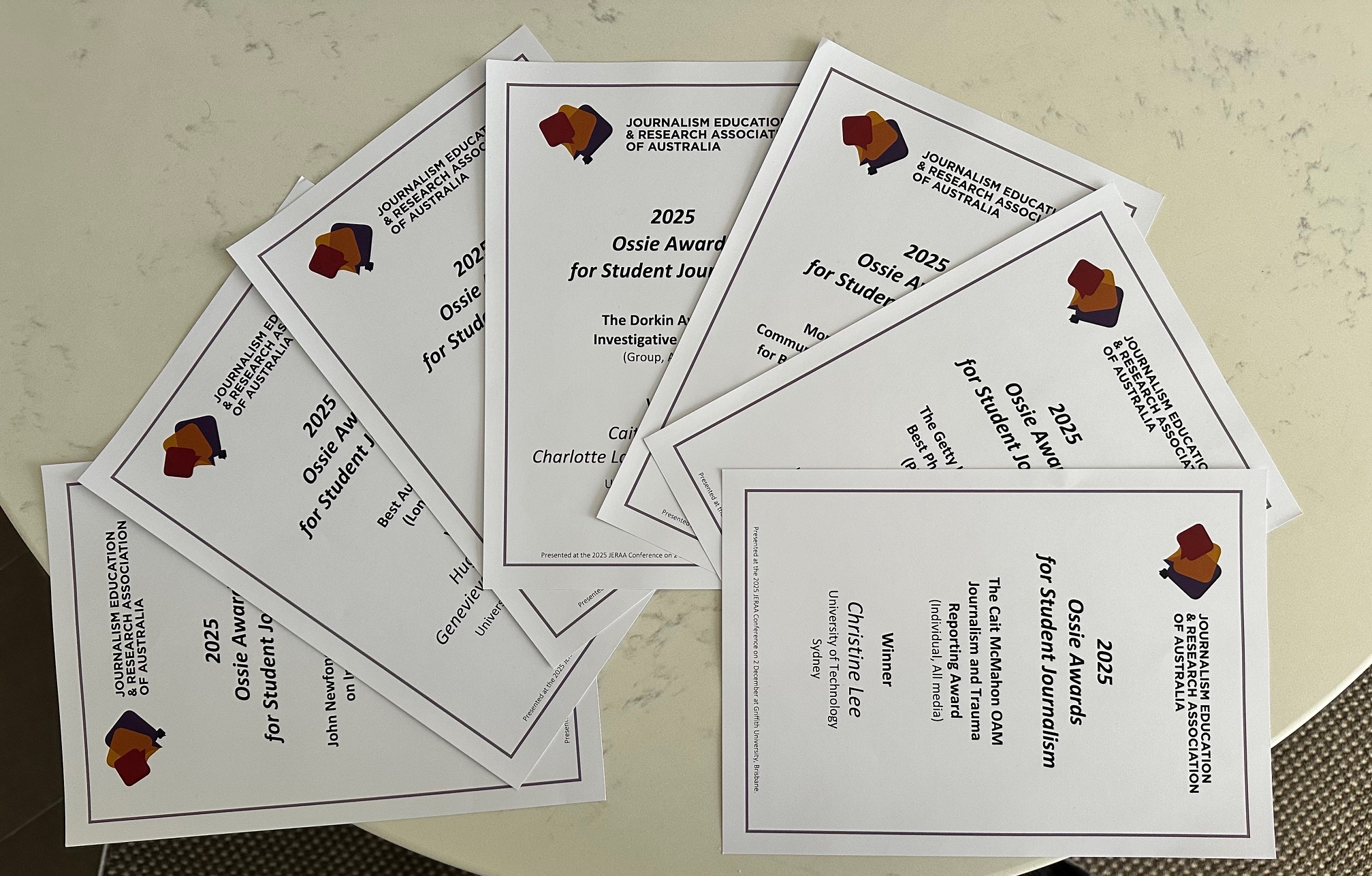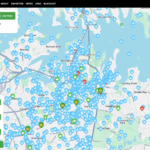International students are working harder than ever to afford to pay for their degrees and the rising cost of living and the new cap on foreign students is set to also worsen conditions in industries reliant on student workers, according to students and businesses.
The recent 270,000 cap introduced by the Albanese government will cut the number of international students across most Australian universities, with some critics claiming the knock-on effect to the economy will cost billions of dollars, while others say it’s necessary to stop universities exploiting international students as ‘cash cows’.
The hospitality sector, which provides work for many international students, was short by approximately 350,000 workers last year, according to the Australian Chamber of Tourism, and is also set to suffer.
“Two of my three roommates work in hospitality,” said Marie, an employee from the Old Clare Hotel on Broadway, Sydney.
“I know a lot of students work at Circular Quay and pubs around here.”
Other students Central News spoke to also complained of having to work multiple jobs to afford tuition.
A current international student at University of Sydney, who wished to remain unnamed, said she “definitely had to work harder here”.
And a former student at UNSW, added: “I worked two jobs while I was in school to support my education.”
Demand for student labour, especially after the pandemic and with the influx of international students looking to make money to pay for expensive tuition, saw many of these jobs around universities filled by students.
And while some Aussie students’ education is funded by the government, international students are not. They are also often subject to specific visa employment restrictions, meaning they have to work a certain amount of hours to remain in Australia.
International students come here and don’t even get to enjoy it because they have to pay so much for their education.
At USyd, international students pay around $40,000 to $45,000 per year for undergraduate programs and $40,000 to $50,000 for postgraduate programs. Domestic students typically pay between $6,000 and $17,000 per year for undergraduate programs and $10,000 to $20,000 for postgraduate programs.
Both the Labor government and the opposition Coalition have cast the student cap as a reaction to the housing crisis, blaming students for rises in rents, although experts have dismissed the claim as unfounded. Housing prices also often differ and according to a 2022 study, international students’ expenditure on living costs alone was estimated at over $10 billion.
Amaan, an international student at the University of Technology Sydney, said: “[It’s] a net bad situation. My international friends have to work to afford tuition, and they have to work in hospitality because every other job requires experience.”
The International Student Visa work limit, to align with these caps, has recently changed so students can work full-time while they study, in tourism and hospitality jobs.
With less international students but the ability of existing students to work more, local businesses say they have two options: either try to hire new employees when there is a labour shortage or give existing employees more hours.
However, international students say they already have a busy workload as it is.
“It’s unfair,” said another UTS student, who did not wish to be named. “International students come here and don’t even get to enjoy it because they have to pay so much for their education. It’s like they’re working twice as hard for the same thing.”
Many, however, say international students have become a cash cow propping up the university system.
Self proclaimed ‘humble coffee shop owner’ Ron, who runs Above the Hook cafe in Coogee said he felt for international students.
“They’ve got to work so they can live somewhere,” he said. “Universities have lost the plot.
“They used to be educational institutions. Now they’re money-making institutions.”
According to economic modelling commissioned earlier this year by Sydney University – where foreign students make up about half of enrolments – the government’s proposed cuts could cost the Australian economy $4.1 billion and result in about 22,000 job losses in 2025.
When you become reliant on one source of funding, it’s the same thing as gambling.
The Minister for Education, Jason Clare, said the cap on international student enrolments is part of the government’s effort to ensure the “integrity and sustainability” of Australia’s international education sector.
The cap will be broken down to different levels, and will be distributed differently amongst universities and colleges.
Each university will be allocated a quota with the largest universities, which have the highest proportion of internationals and are the most research-focused, to see the biggest cuts.
“It’ll affect the culture of the university,” said one student. “Since COVID it was pretty domestic, but now it’s pretty diverse. It’s f—-d though – international students pay twice or three times as much. The general consensus at USyd is that internationals are a cash cow.”
A UNSW staff member, who also wished to remain anonymous, said: “When you become reliant on one source of funding, it’s the same thing as gambling. It subsidises people here [at the university].
“There are teachers deliberately failing students so they can extend their visas. it’s a whole business now.”
At USyd the Vice Chancellor is now paid more than the prime minister, with a salary exceeding $1.2 million, compared to the PM’s base salary of $564,000.
A professor at USyd added that the cap would also result in job cuts to university staff, and claimed that there would likely be some bias towards which countries students were accepted from.
“It’s unclear what will happen,” she said. “They will probably prioritise people from certain countries.
“Higher staff are the most expensive. But they won’t cut those, so I think support staff are probably in trouble and non-professional teachers.”
Main image by Nova Flikweert Berger.




























